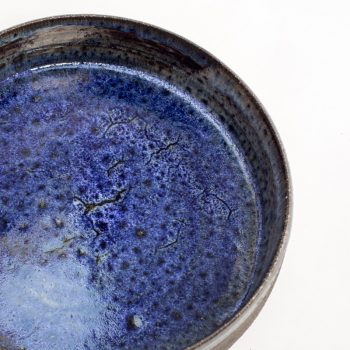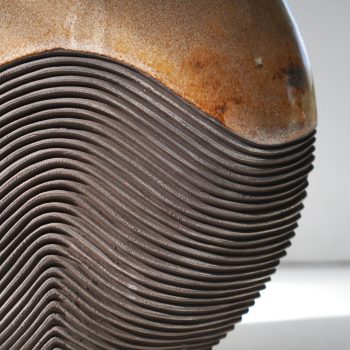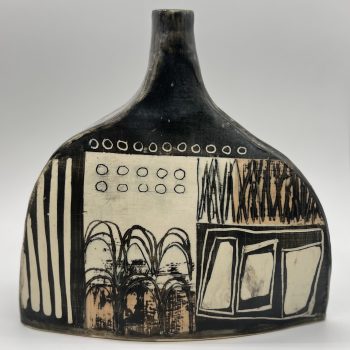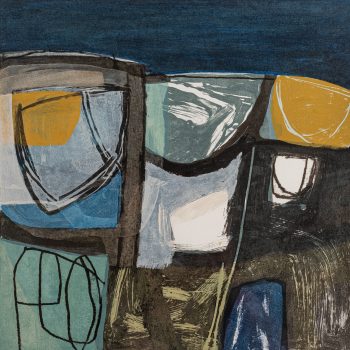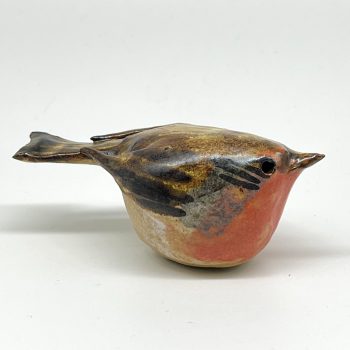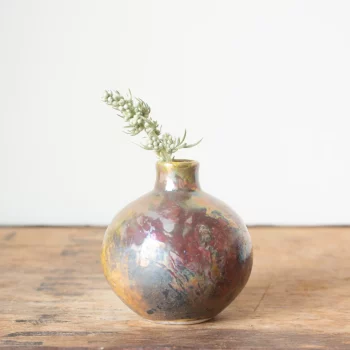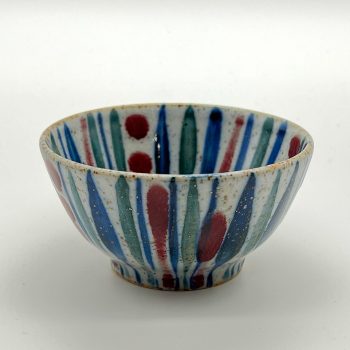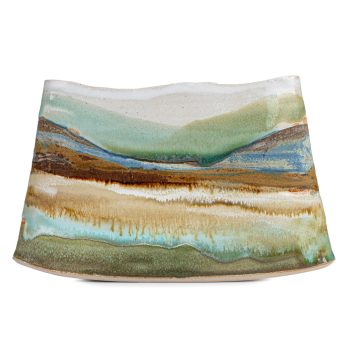Ceramics
-
Our unique pieces of ceramic art can add intrigue and originality to any room. From hand-painted bowls and mugs to English porcelain vases and flower bricks, all our pieces are functional as well as beautiful. Whether you are selecting a piece for yourself or a ceramic gift, you are sure to find something perfect from our collection in-store or online. Our range is constantly changing and updating, so be sure to keep popping back to see our new pieces

